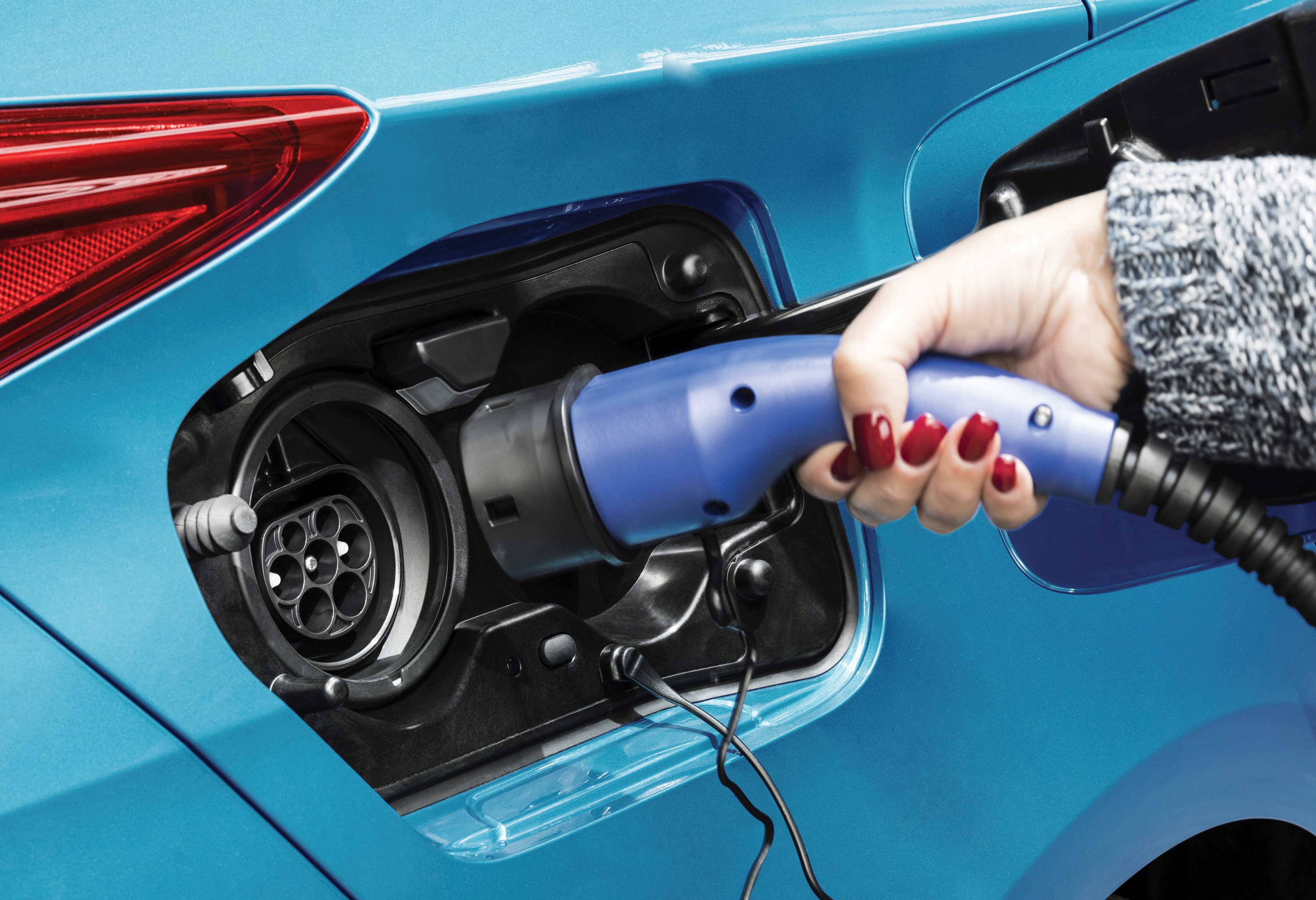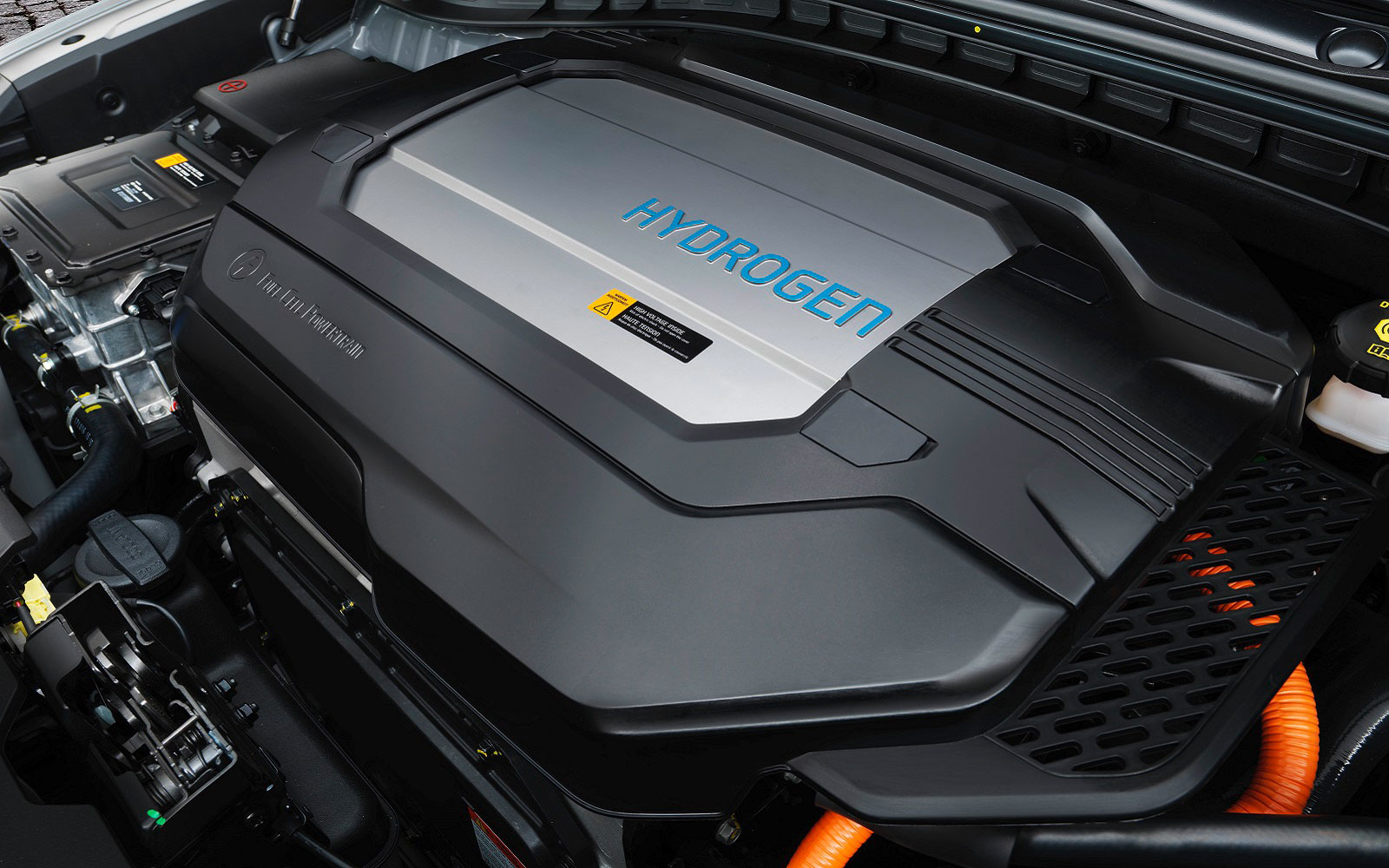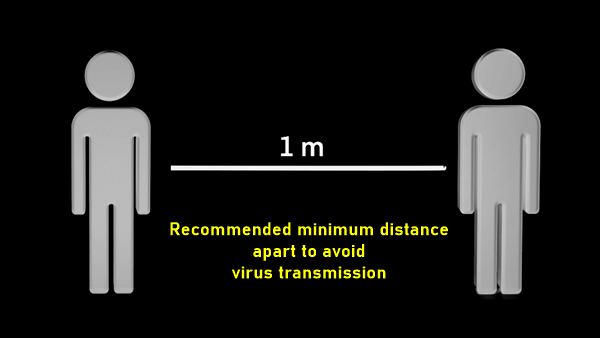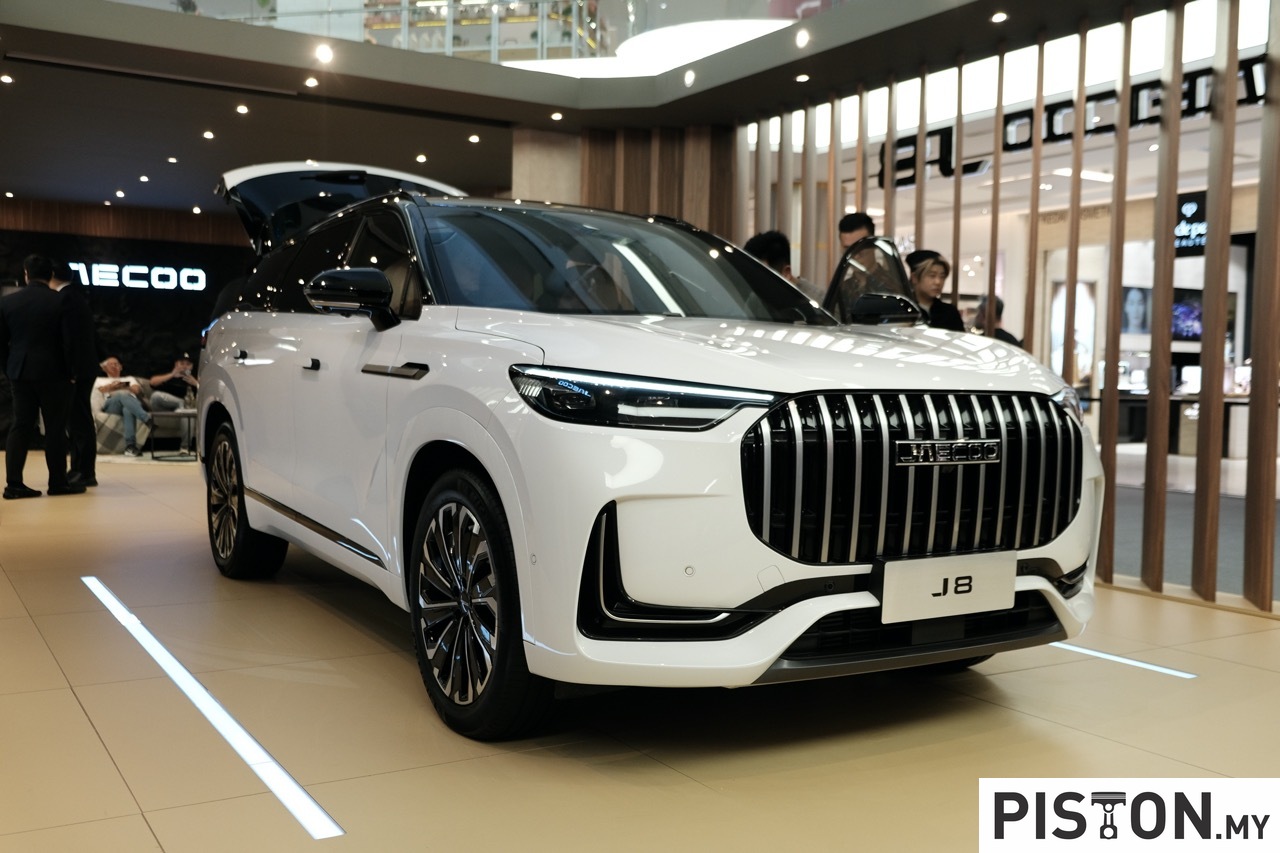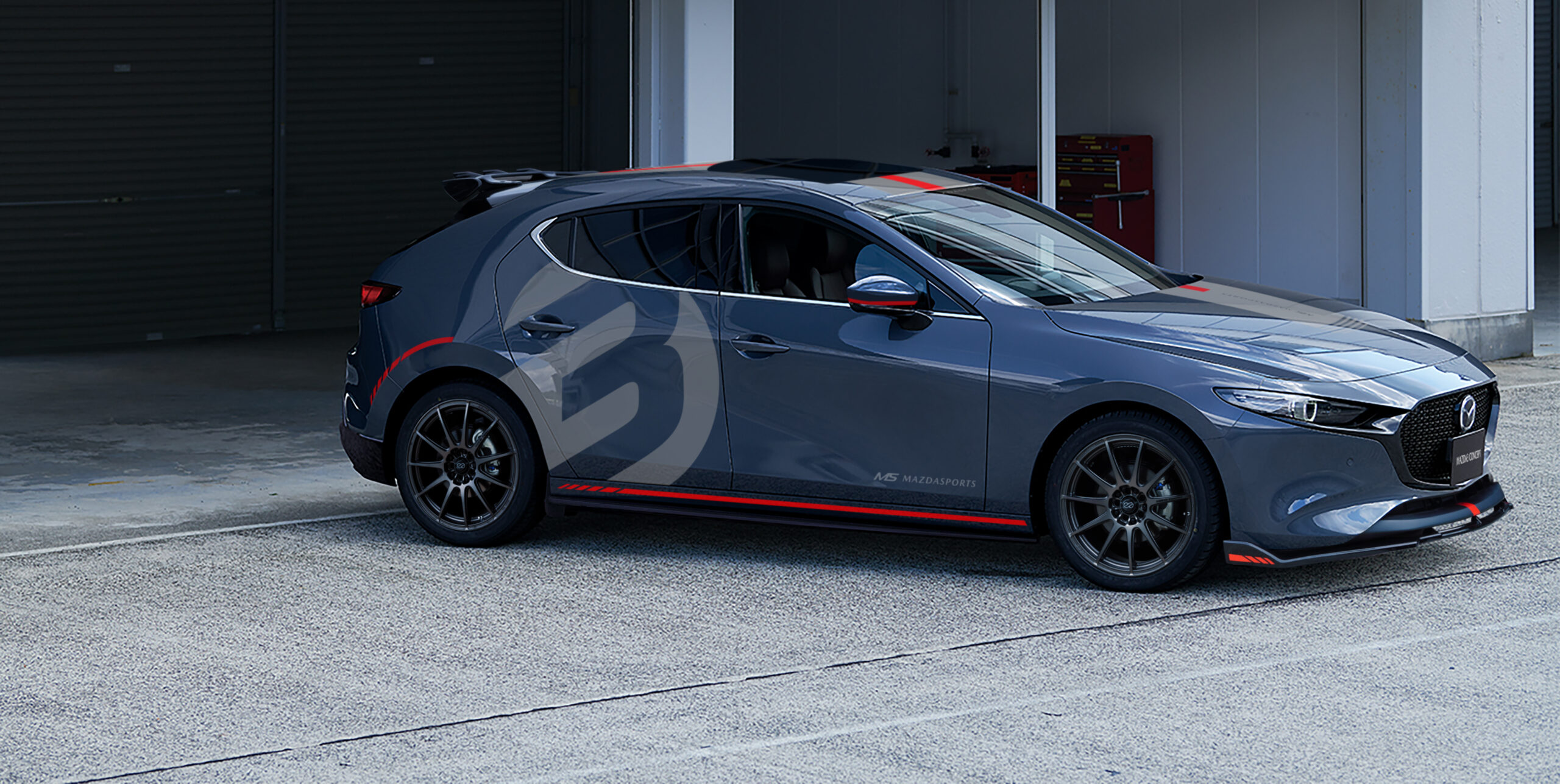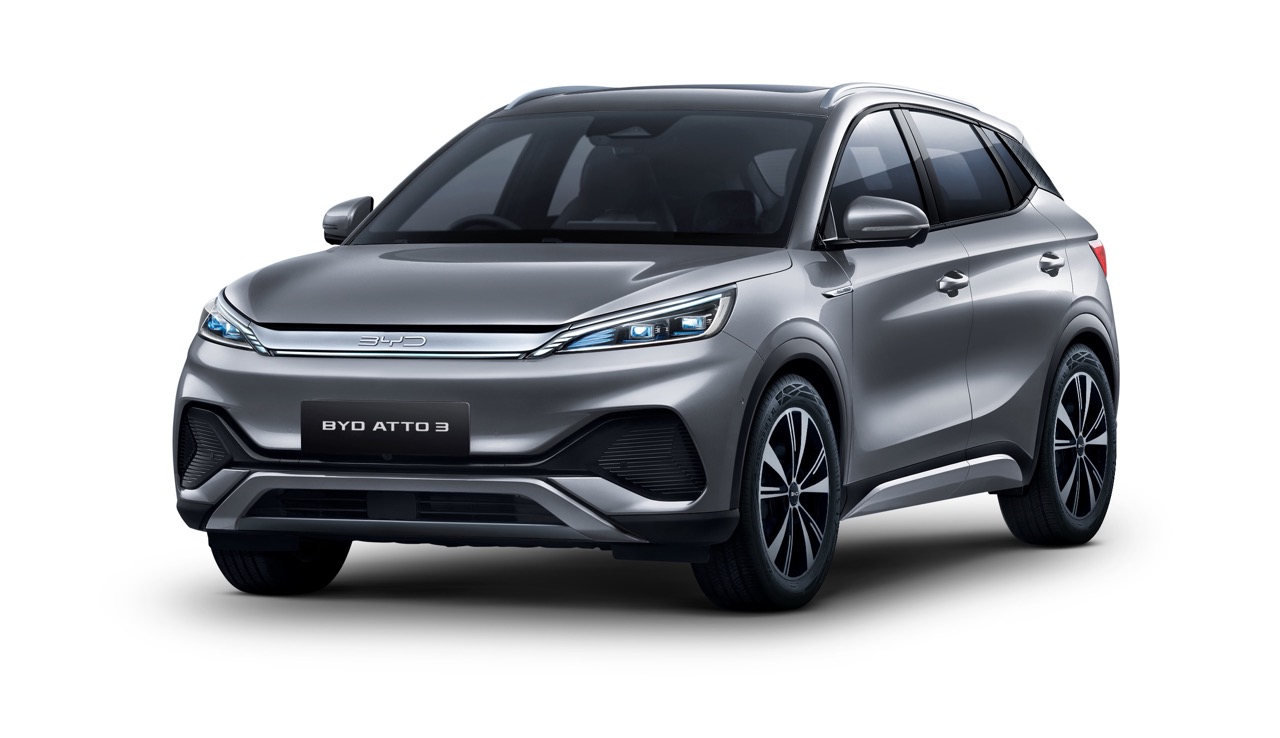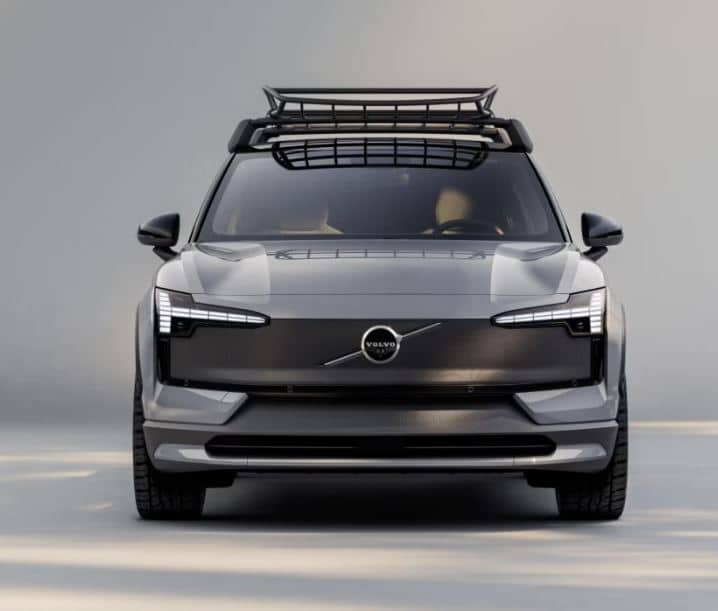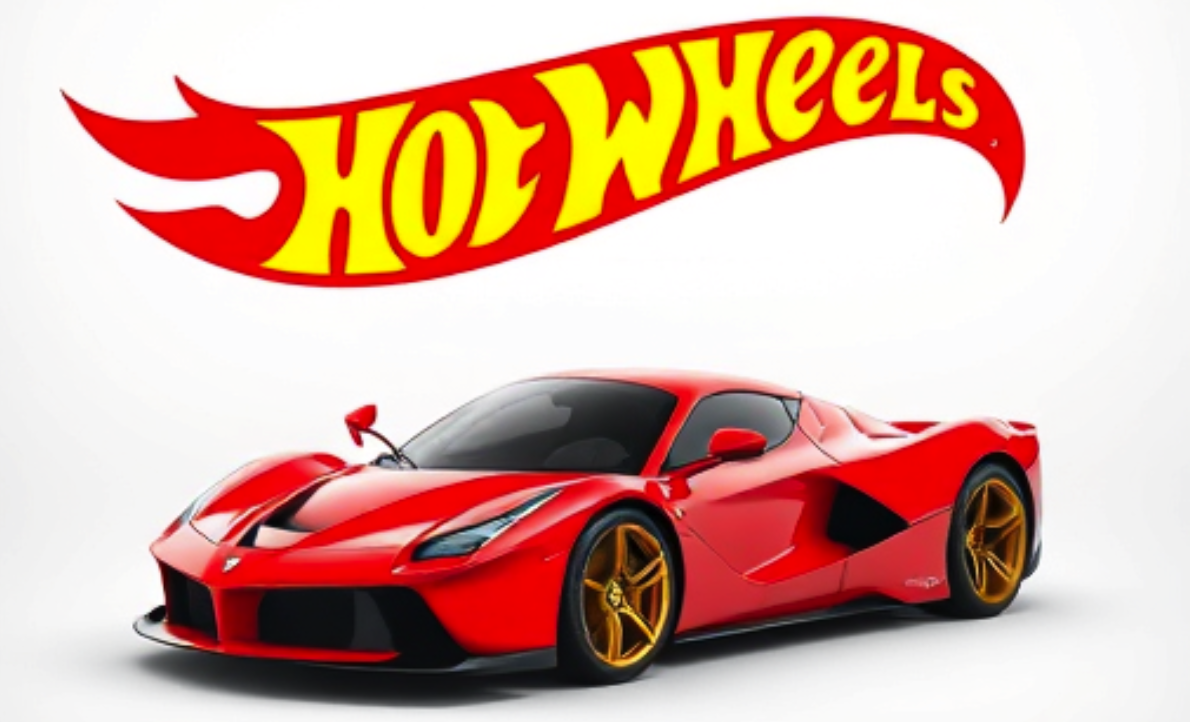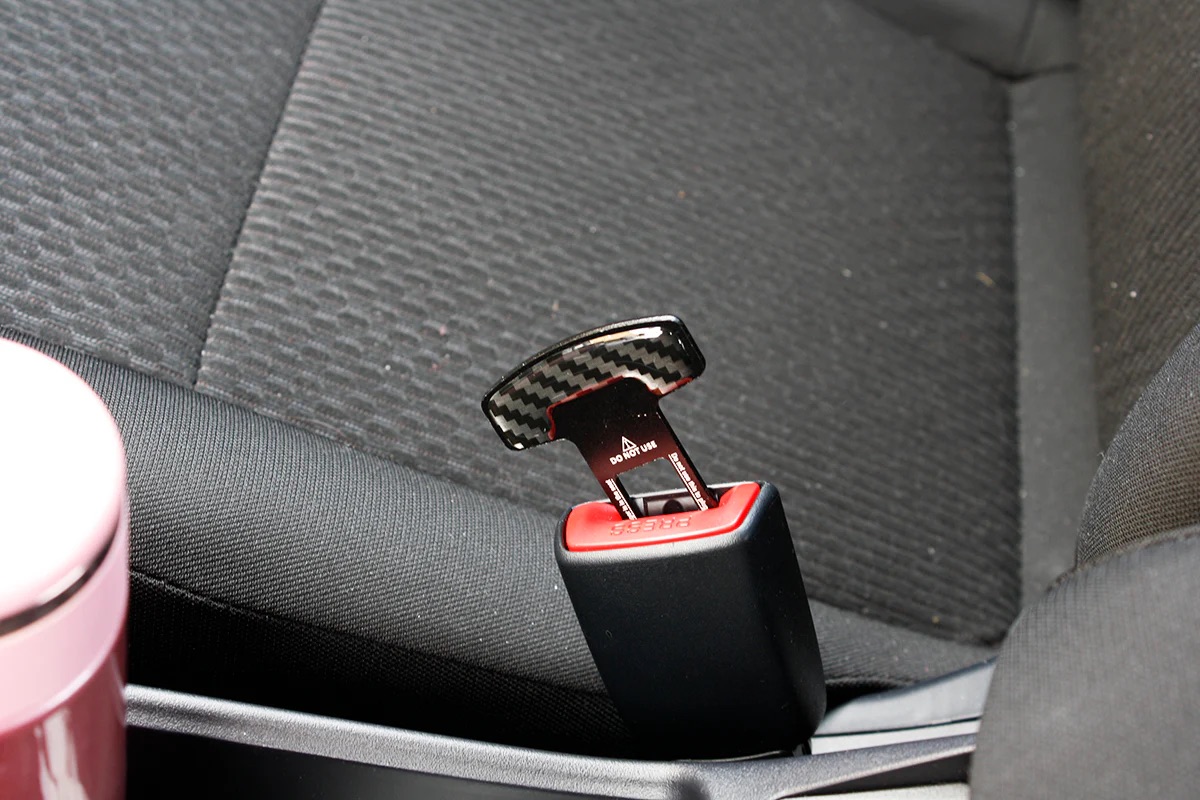
Just as Euro NCAP (New Car Assessment Program) assesses the safety performance of new models sold in Europe, Green NCAP evaluates the environmental performance of new vehicles. Periodically, it compiles a list of models and recently release information on 25 new models. These include, for the first time, plug-in hybrid electric vehicles (PHEVs).
The results of three models – the Kia Niro, Mitsubishi Outlander and Toyota Prius – show that not all plug-in hybrids offer the same environmental benefits. The Hyundai NEXO – a hydrogen fuel-cell electric vehicle (FCEV) – demonstrates the promise of this developing technology. The vehicles on the latest list include the fully electric Volkswagen ID.3 and 19 combustion engine cars, of which two – the Skoda Octavia Combi 2.0 TDI and VW Golf 1.5 TSI – stand out from the rest.
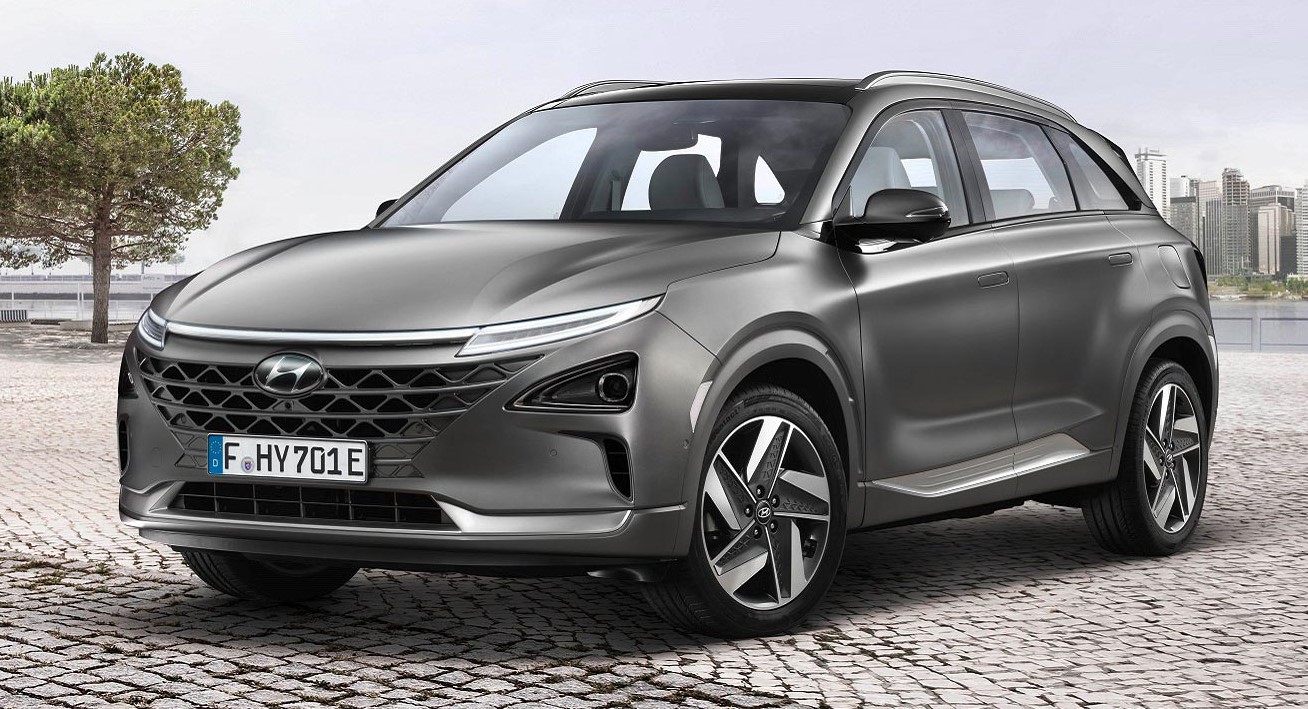
Nothing beats pure electric vehicles
When it comes to environmental cleanliness, pure electric vehicles outshine the competition – which shouldn’t really be surprising. With rising consumer interest, more and more traditional carmakers are getting serious about electric vehicles and have comprehensive electrification programs for the coming years.
Volkswagen’s first standalone electric car, the ID.3, reinforces this message, joining the Battery Electric Vehicles (BEVs) previously tested by Green NCAP with a maximum 5-star rating. The NEXO, a hydrogen fuel-cell car, also achieved 5 stars, as it proved to be just as clean as a BEV and very nearly as energy efficient.
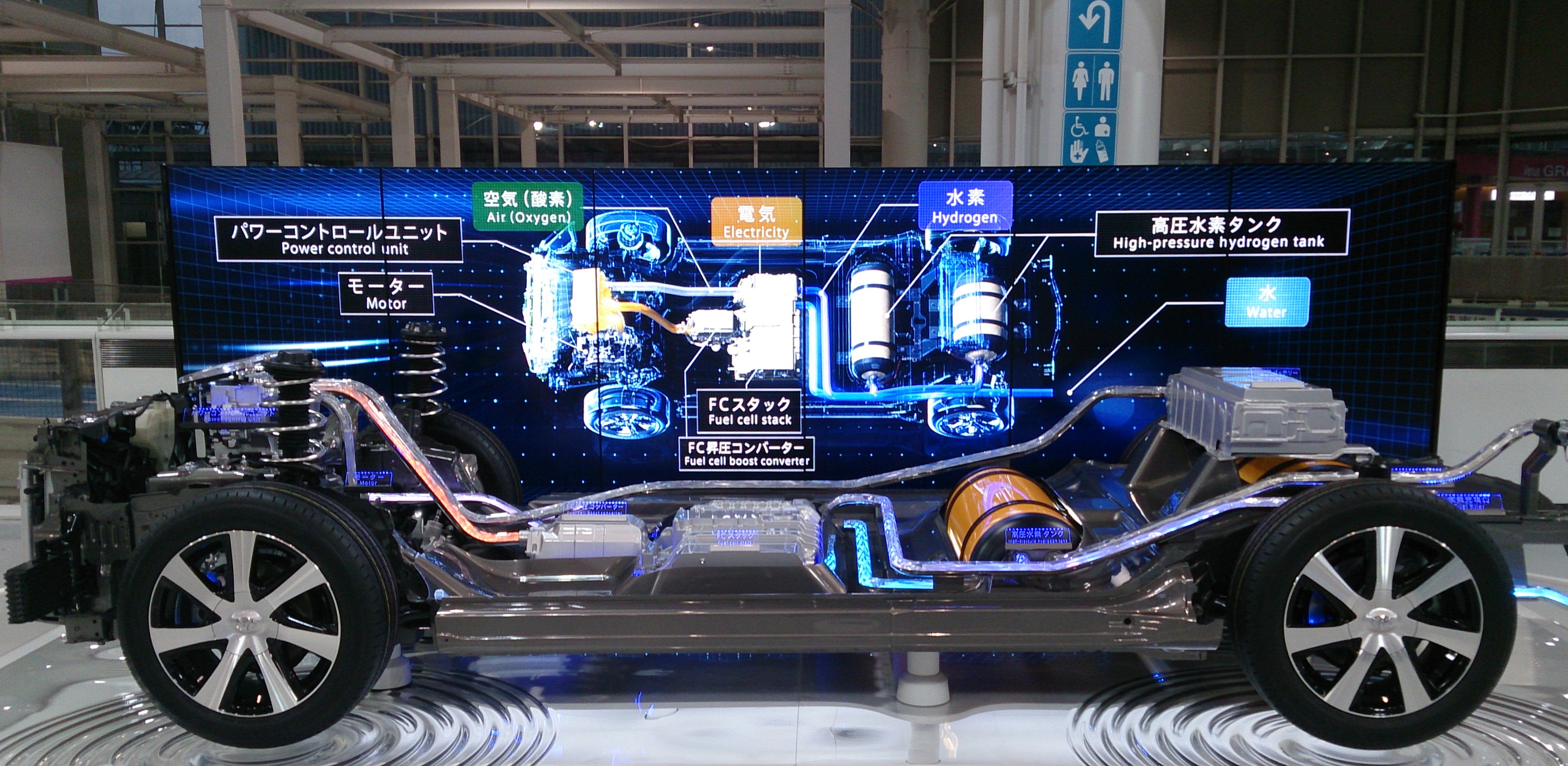
Huge potential in fuel cell technology but…
Using a fuel-cell to convert hydrogen into electricity, the NEXO emits only water at the tailpipe and can offer a driving range unmatched by any available pure electric vehicle at this time. Refilling of the hydrogen tank is also as quick and easy as a refuelling a car with petrol or diesel. The NEXO result clearly shows the huge potential of the technology, but fuel-cell cars can only grow in numbers when consumers see sufficient hydrogen fuelling stations around their country.
PHEV technology is currently much favoured by manufacturers seeking to reduce their carbon footprint and comply with new emissions legislation. Marketed as offering ‘the best of both worlds’ – battery-powered cleanliness when it is needed with the driving range of a combustion-engined car – Green NCAP’s tests revealed that, even when optimally charged, not all PHEVs are the same.
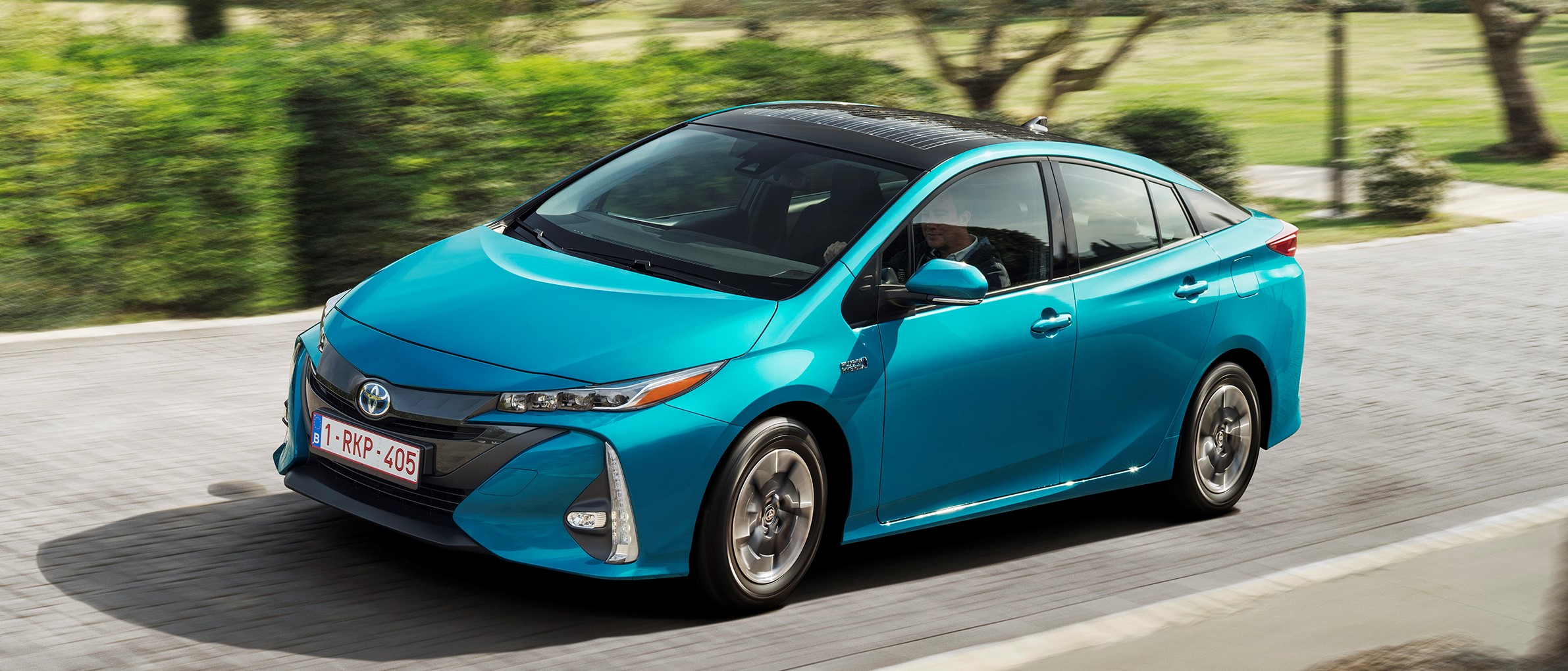
Toyota’s Prius impressed most with a 4-star rating that beats all but pure electric and hydrogen fuel cell cars. The Niro followed closely with 3½ stars, but the Outlander only achieved 2 stars, less than some of the latest Euro6-compliant petrol or diesel cars.
“People want independent, transparent information about the environmental impact of cars. These PHEV results show why that is so important. Consumers could be forgiven for thinking that, by buying a car labelled ‘PHEV’ and keeping it charged all the time, they will be doing their bit for the environment, but these results show that this is not necessarily the case,” said Euro NCAP Chairman, Niels Jacobsen.
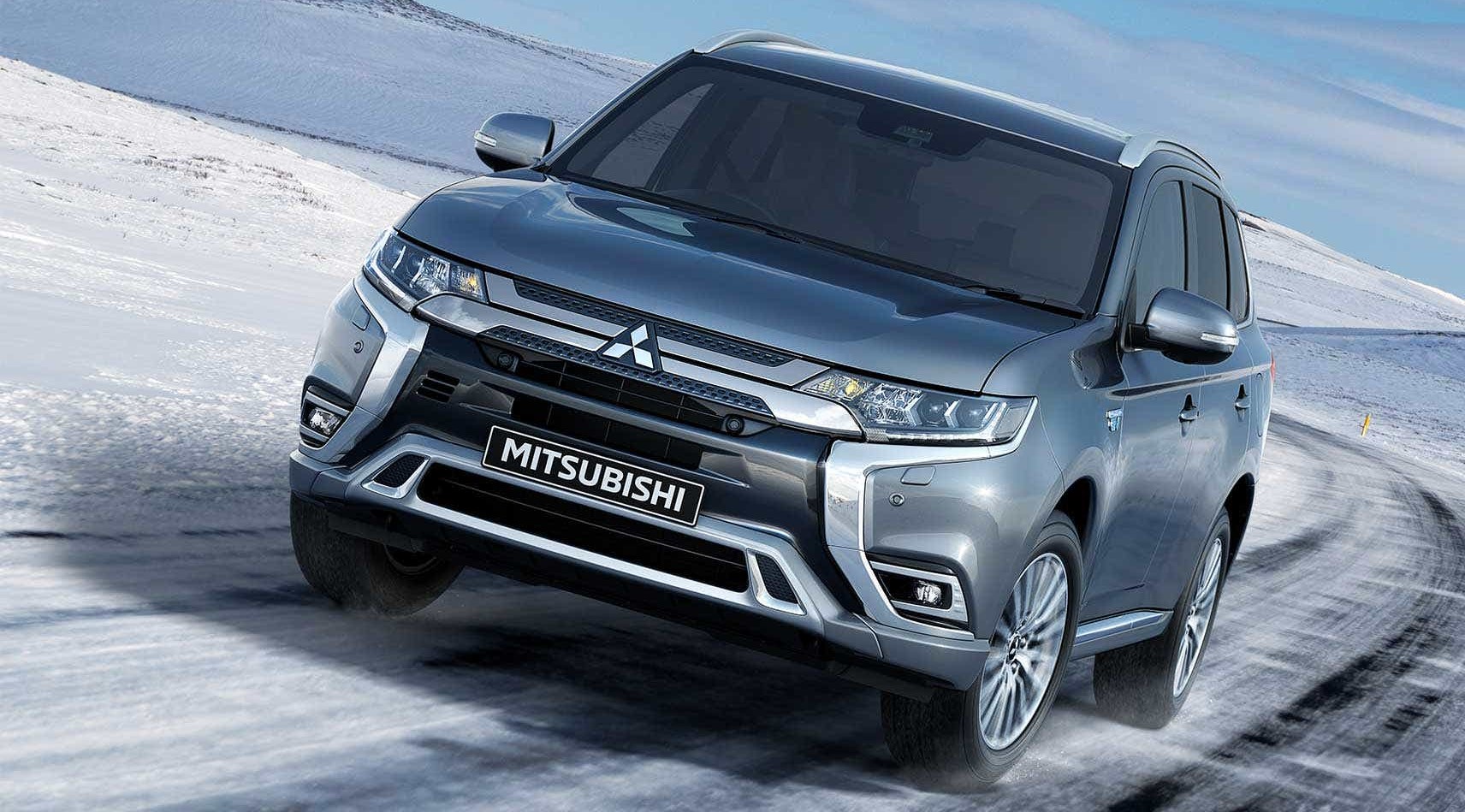
“The Outlander shows that a big, heavy vehicle with a limited driving range is unlikely to offer any benefit over a conventional car. On the other hand, Toyota, with its long experience of hybrid technology, has done a terrific job and the Prius, properly used, can offer clean, efficient transport. It depends on the implementation and hybridisation strategy but what is true of all PHEVs is that they need to be charged regularly and driven as much as possible on battery power if they are to fulfil their potential,” noted Jacobsen.
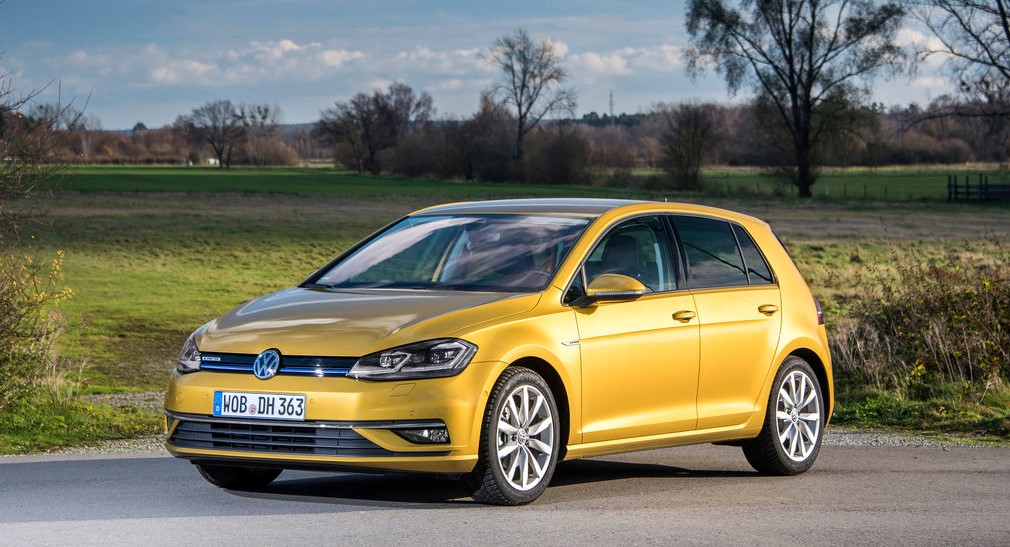
Some non-electrified cars still very clean
The Toyota Yaris Hybrid further underlines Toyota’s expertise in the field of electrification with a respectable 3½ star rating. But it is matched by two conventionally-engined cars – the diesel-powered Skoda Octavia Combi 2.0 TDI and the petrol-fuelled VW Golf 1.5 TSI. These are the best results achieved so far by non-electrified cars.
“Euro6 legislation has made a real difference. For the first time, we’re seeing cars perform in real- world driving the way they promise on the test bench and we should congratulate car manufacturers and emissions engineers for the huge strides they have made in the last few years,” Jacobsen observed.
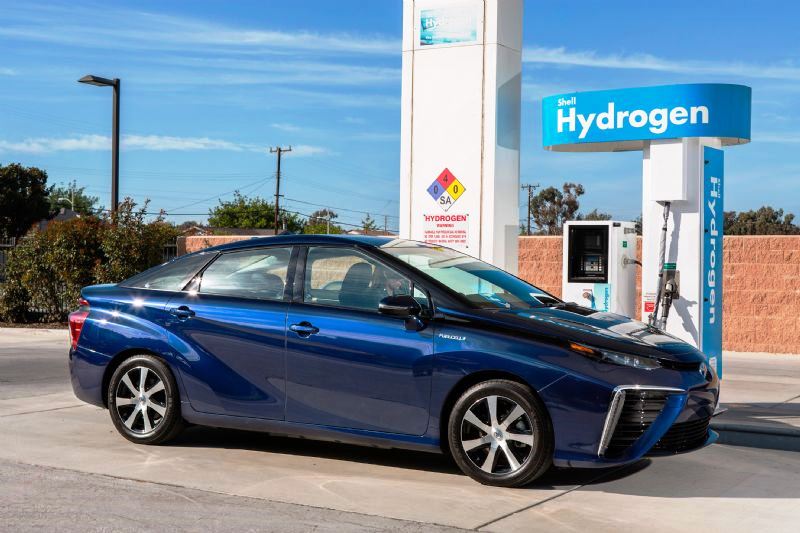
“The future looks like it belongs to electric cars of one sort or another but, for now, consumers face a bewildering choice. Green NCAP is here to help them make informed decisions so that we can all contribute now to a cleaner, more sustainable future,” he said.
About Green NCAP
Green NCAP is an independent initiative which promotes the development of cars which are clean, energy efficient and not harmful to the environment. Emissions of several pollutant gases are regulated by legislation in the EU. All cars sold in Europe must pass type-approval tests to demonstrate that their emissions of carbon monoxide, oxides of nitrogen, unburnt hydrocarbons and particulate matter do not exceed certain critical values. However, regulation offers no reward to manufacturers who go beyond the minimum standards of approval testing.
Green NCAP rewards manufacturers whose vehicles go beyond the minimum legislative requirements and offer excellent real-world performance. The organisation uses a broad range of tests to address the flaws in approval tests and, through consumer information, rewards those manufacturers whose vehicles go beyond the minimum requirements and offer excellent, robust, real-world performance. Regulatory testing is a good starting point, and Green NCAP’s tests are an addition and complementary to the legislative requirements.
First look at the hydrogen fuel cell powertrain being developed by BMW and Toyota




